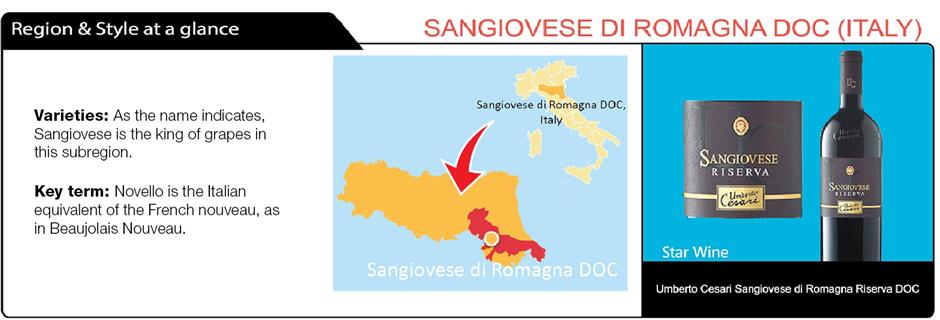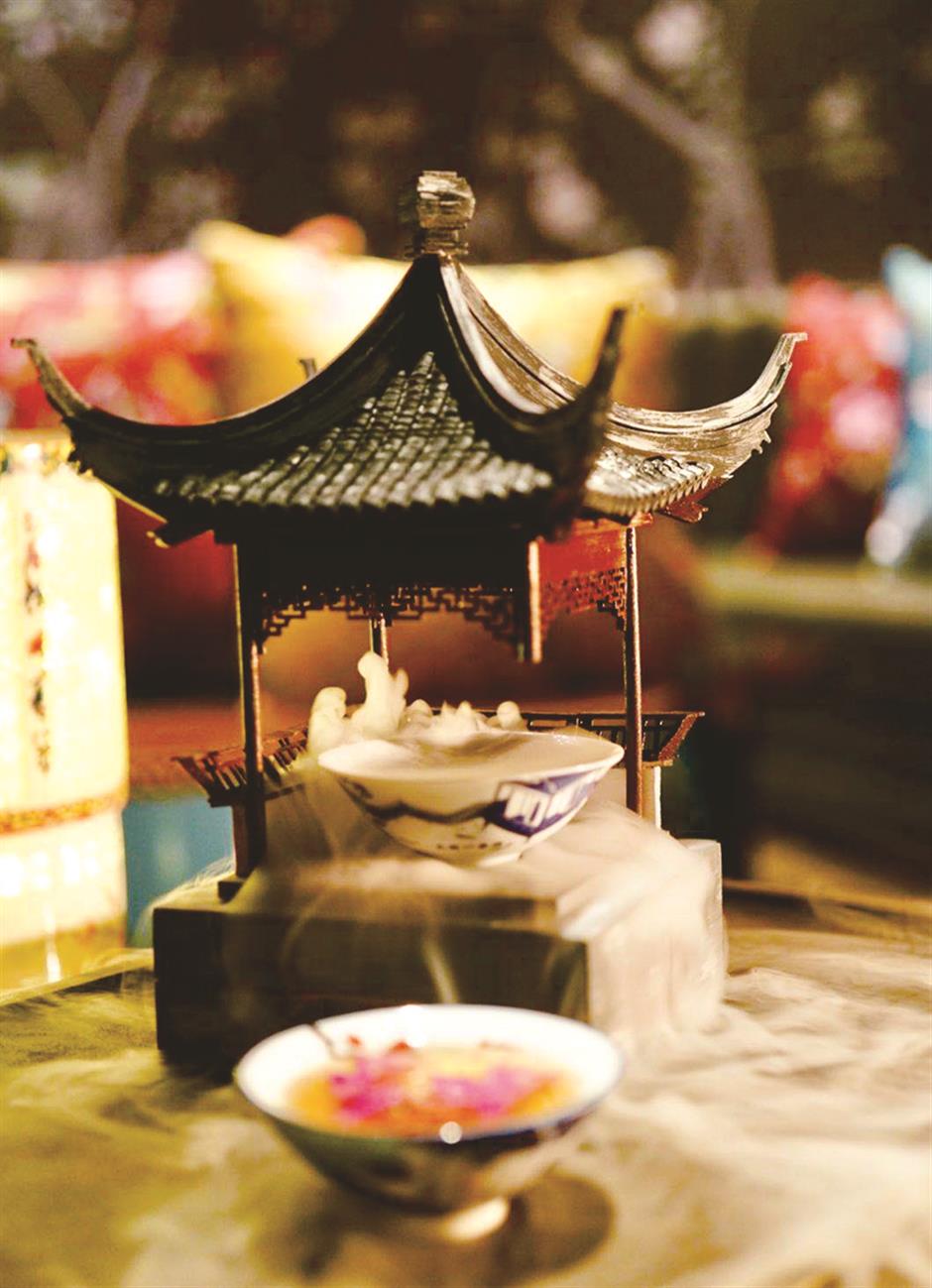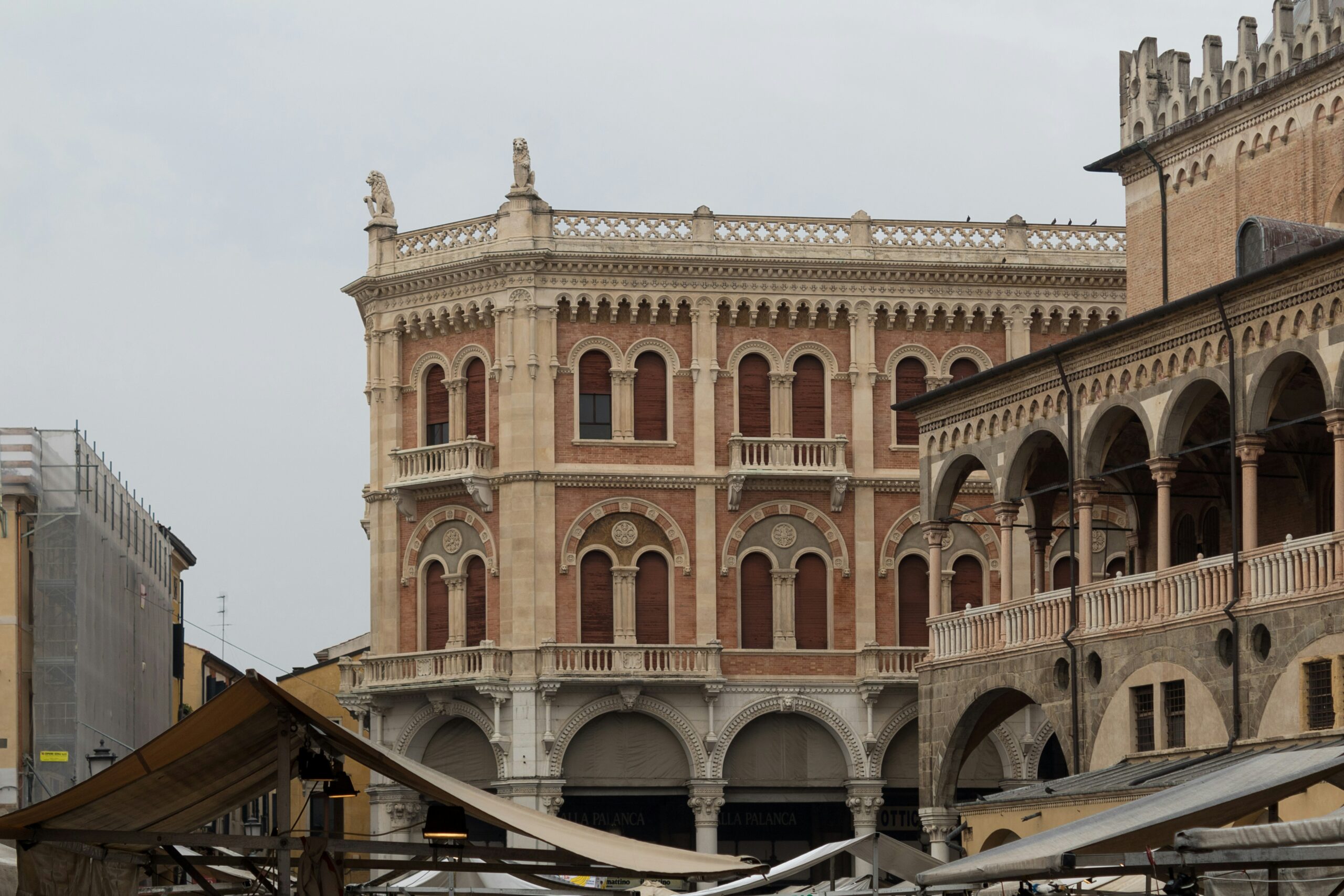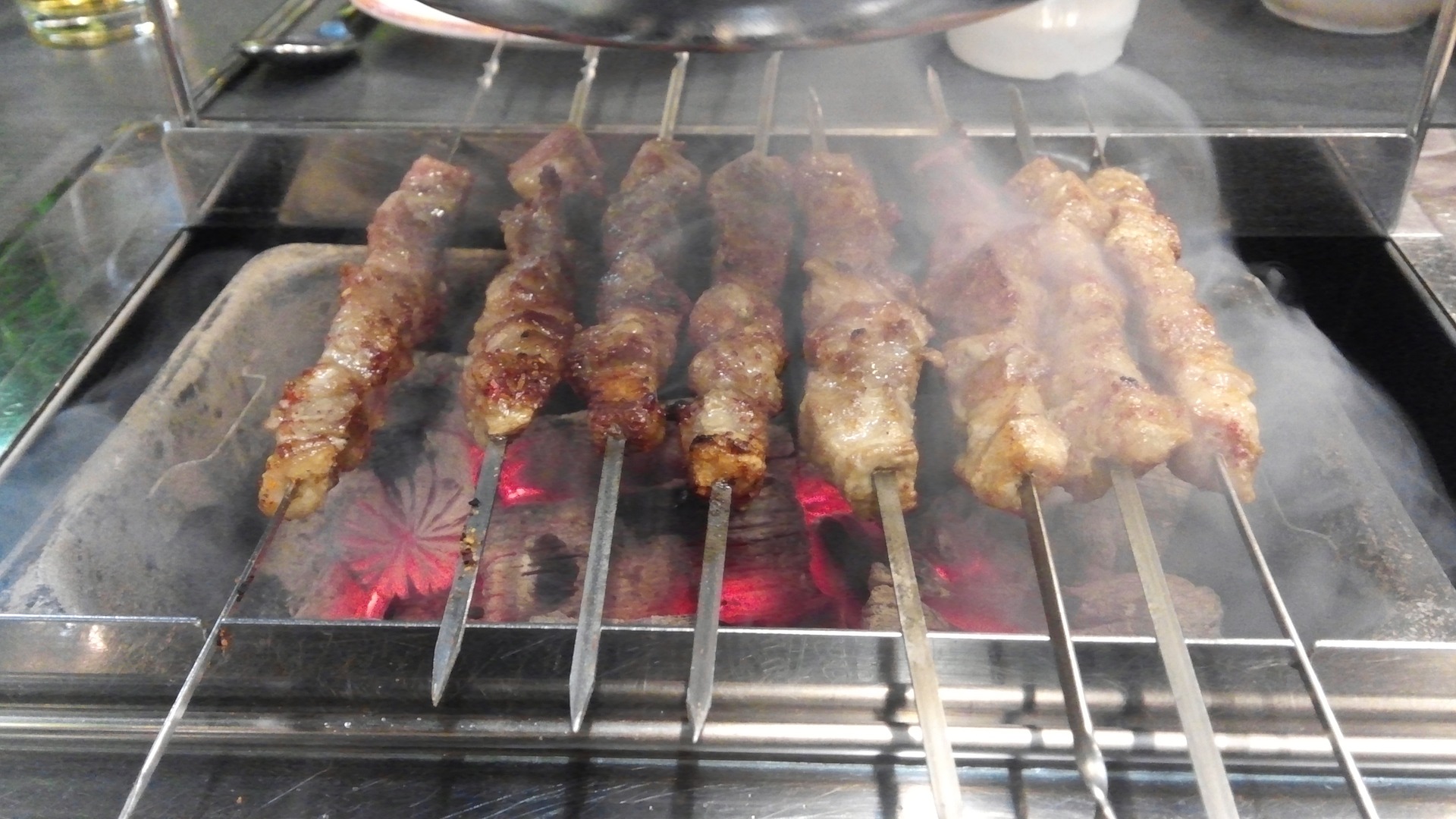Summary
By way of celebrating the seasonal splendor of cherry blossoms, Shanghai Daily is introducing an innovative world of cherry blossom snacks and treats to its readers.
This delectable subject caused me to ruminate over the history of this special tree and, of course, how it might relate to the wine world.
In full bloom, cherry blossom trees are one of nature’s most beautiful spectacles. And the preciously short season of flowering is celebrated in China, Japan, South Korea, the USA and several other nations.
Japan and South Korea have long engaged in an often acrimonious debate on the origin of cherry blossom trees and, more recently, He Zongru, the executive chairman of the China Cherry Blossom Association, entered the fray claiming that the progenitor of the cherry blossom tree is native to the Himalayan Mountains and therefore of China origin.
I’ll diplomatically demur from entering this fracas and instead promulgate that the most desirable manifestation of cherries is neither blossoms nor eatable fruits but something more magical — in a glass of wine.
The act of fermenting grape juice into wine results in more than just alcohol. This natural process bequeaths hundreds of aromatic and flavor sensory qualities to wine.
When grapes ferment, natural yeasts eat the sugar content of the grapes and turn it into alcohol. During this process hundreds of complex chemical compounds or esters are formed, and it’s these esters that impart diverse aromas and flavors. Some of these esters provide duplicate or remarkably similar molecular forms of fruits like apples, lemons, berries and also our beloved cherries and cherry blossoms.
In the world of organic chemistry, cherry aromas and flavor compounds often result from benzaldehyde-cyanohydrin, and in fact benzaldehyde molecules actually exist in cherry pits and stem.
So your nose and palate aren’t fooling you, some wines actually smell and taste like cherries.
Specific grape varieties have a proclivity to exhibit cherry-like aromas and flavors, and the king of Italian grapes is one of them.
Sangiovese is an ancient grape that ampelographers postulate is a mutation of native varieties from the southern Italy region Calabria and perhaps the Tuscan Ciliegiolo grape. The earliest Sangiovese cultivators were the Etruscans who lived in central Italy in pre-Roman times.
The modern name Sangiovese derives from the Latin word “sanguis Jovis,” or the blood of Jove, and most likely refers to the ruby red color of wines made from the grape.
The first documented mention of Sangiovese was in the late 16th century by the writer Ciriegiulo.
By the time of the Renaissance the grape was well established in many parts of Tuscany and neighboring regions in central and northern Italy.
Today, Sangiovese wines are made throughout Italy and increasingly in many New World regions.
In fact, some exceptionally good Sangiovese wines are now being made in Washington State and California.
While Tuscany still produces Italy’s most famous and acclaimed Sangiovese wines, there’s a region to the north that’s producing some of Italy’s most charming and affordable Sangiovese wines.

Sangiovese di Romagna
Romagna comprises the eastern area of the Emilia-Romagna region in northern Italy. Emilia-Romagna is famous for some of Italy’s best foods, including Parmigiano Reggiano cheese, Balsamico di Modena vinegar, Prosciutto di Parma and Mortadella meats, as well as many of the world’s sexiest car and motorbike brands, like Ferrari, Lamborghini, Maserati, de Tomaso and Ducati. The best red wines of the region come from the sub-appellation of Sangiovese di Romagna DOC, one of four DOC regions of the expansive umbrella region of Romagna DOC that was established in 2011.
If you’re a Sangiovese aficionado, then I advise you to try Sangiovese di Romagna wines. The style is distinct from the neighboring Sangiovese wines of Tuscany, being more fruit-driven, rounder and less acidic as well as eminently more affordable. In fact, a worthy case could be made that Sangiovese di Romagna wines are among the best-value, high-quality red wines of Italy.
Sometimes referred to as the dilettante cousin of the more prestigious Sangiovese wines of Tuscany, typical Sangiovese di Romagna wines exhibit exuberant ripe red cherry and attractively bitter black cherry aromas and flavors along with plums, herbs and sometimes with note of fresh tobacco and balsamic vinegar. They are wonderful companions to a host of tomato and seafood pizzas and pastas, as well as grilled meats.
In China I enjoy pairing them with Cantonese roasted pigeon or goose, Shanghai lion’s head meatballs and Hakka-style stir-fry with pork and squid.
Sangiovese di Romagna wines are available in different styles, including Novello, a new wine-like Beaujolais Nouveau in which 50 percent of the grapes undergo carbonic maceration; Superiore, denoting wines comprised of premium sourced grapes with a higher minimum alcohol levels; and Riserva, a designation used throughout Italy for wines with longer aging periods. For Sangiovese di Romagna wines this means a minimum combined two years of oak and bottle aging.
Over two decades ago, while living in Taipei, I discovered the wines of Umberto Cesari. For half a century this producer has been at the forefront of Emilia-Romagna wines making a range of Sangiovese and other red and white wines. The Umberto Cesari Sangiovese di Romagna Riserva DOC, a 85/15 Sangiovese/Cabernet Sauvignon blend that’s aged two years in Slavonian and Italian oak, is a classic representation of the region offering lively sensations of cherry and blackberry with licorice, tobacco and spice notes with a clean and long finish.
Other Umberto Cesari reds of note are the Tauleto Sangiovese Rubicone IGT, a Super-Romagna premium wine, the structured and generous Liano Sangiovese Cabernet Sauvignon IGT and the budget beating, approachable Moma Rosso Rubicone IGT, a Sangiovese, Cabernet Sauvignon and Merlot blend.
Other Sangiovese di Romagna DOC producers with wines available in Shanghai include Enio Ottaviani and Pirovano.
Where to buy in Shanghai:
China Wine & Spirits, 702, No. 1, Lane 1136 Xinzha Rd 6087-1811
Umberto Cesari Sangiovese di Romagna Riserva DOC
Umberto Cesari Tauleto Sangiovese Rubicone IGT
Umberto Cesari Liano Sangiovese Cabernet Sauvignon IGT
Umberto Cesari Moma Rosso Ribicone IGT
www.vinehoo.com
Enio Ottaviani Sangiovese di Romagna DOC
Pirovano Sangiovese di Romagna DOC





